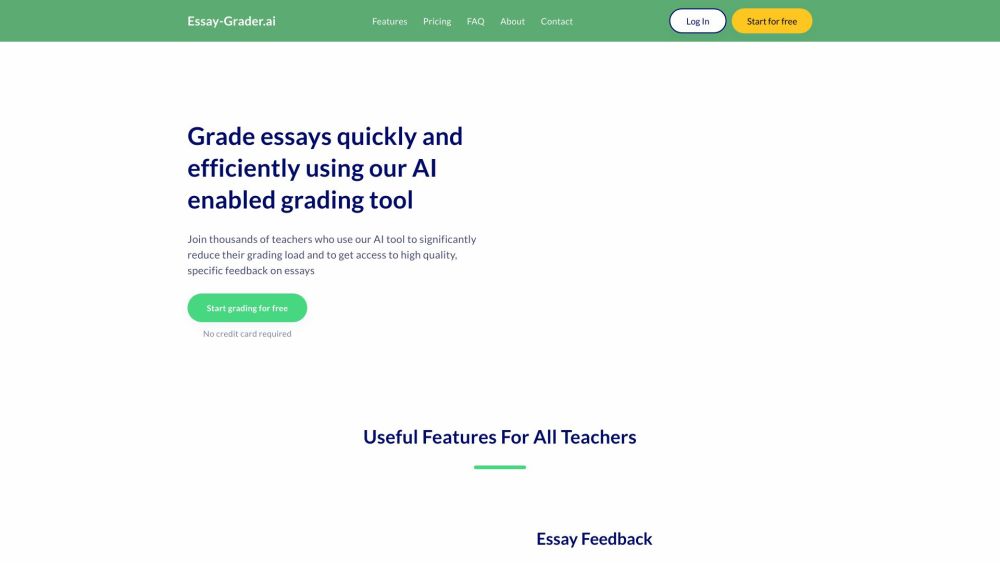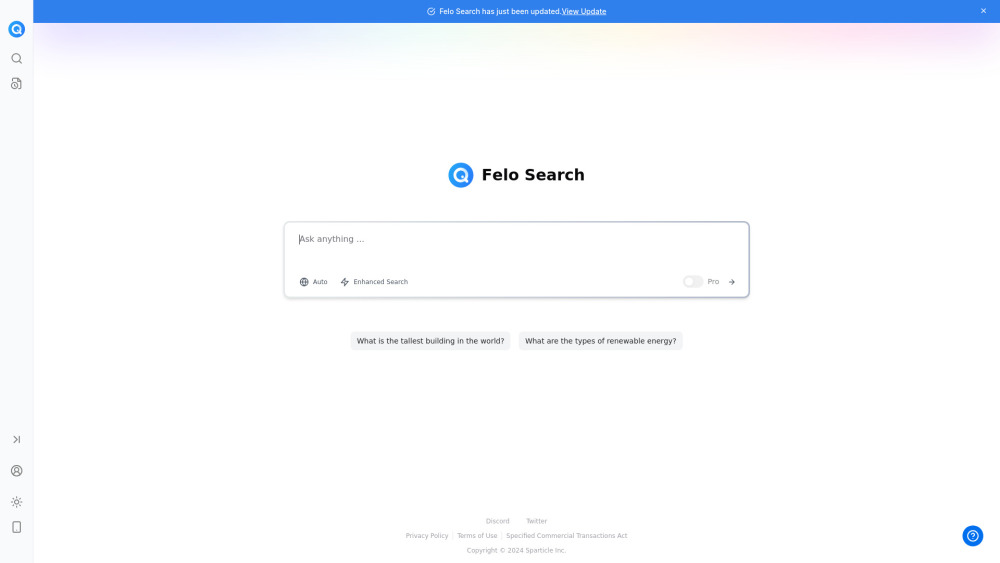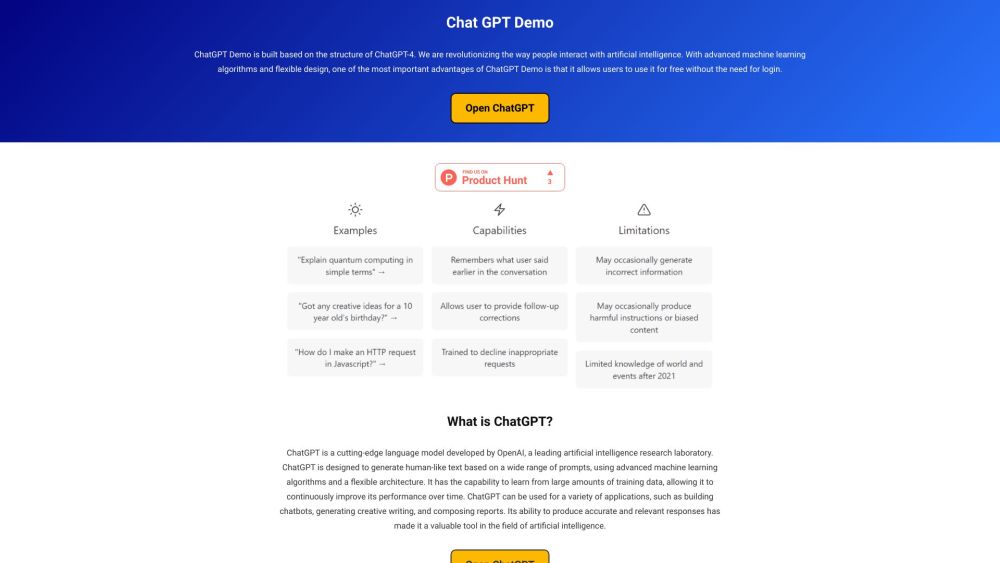Many people are now familiar with AI agents—software capable of autonomously performing a range of tasks. However, Asana is taking a unique approach to AI. On Wednesday, the company unveiled a beta version of what it refers to as "AI teammates," aimed at enhancing workflow efficiency within organizations.
Paige Costello, Asana’s head of AI, explained that the choice of the name was intentional, intended to shift perspectives on how people interact with AI at work. "We believe the future of work involves humans collaborating not just with other humans but also with AI," Costello shared. "In this evolving landscape, understanding your requests to the AI, its responses, and the overall cost of these interactions becomes essential."
According to Costello, the goal is to foster transparency and structure around AI usage, allowing businesses to create tailored assistants that facilitate core workflows.
But how does this actually work? Costello pointed out that traditional workflow tools have typically been rigid, while the current generative AI solutions offer a more adaptable way to manage tasks within an organization. As work emerges, the AI can assess its context to decide whether it's ready to proceed or if additional information from a human is necessary. For instance, if a help ticket arrives lacking sufficient details, the AI teammate can return it to the submitter for clarification, potentially utilizing generative AI to assist the employee in refining the ticket before it’s directed to the appropriate person for resolution.
The Asana work graph provides valuable insights into the workflow dynamics within a company, enhancing collaboration between humans and AI by revealing how tasks interconnect across teams and departments. "The work graph empowers us to inform AI not just how work is generally conducted, but how it functions in specific instances. When AI teammates are integrated into a workflow with defined responsibilities, they can accurately interpret information and perform their tasks more effectively," Costello said.
Nevertheless, while these advancements are promising, it’s important to recognize the limitations of AI agents, which can still produce inaccuracies or misunderstand contexts. Costello noted that AI doesn’t always make the right call, urging customers to maintain human oversight. "A fundamental principle at Asana is 'human in the loop.’ Ultimately, humans are responsible for decisions and accountable for outcomes,” she emphasized.
This means human oversight is vital to ensure the AI provides sound recommendations that align with the company’s objectives and values. To enhance performance, Asana has been identifying workflows where high accuracy can be achieved. “We have discovered our ability to integrate AI teammates effectively reduces administrative tasks and streamlines tracking processes within systems, achieving significant success. We can also leverage dynamic variables to gather contextual information about projects,” she added.
Despite these innovations, it's important to note that this tool is still in beta, which may bring challenges as companies transition from experimentation to broader implementation. Nevertheless, with its deep insights into organizational workflows, Asana stands poised to help companies navigate these complexities and drive smarter, more efficient work processes.




